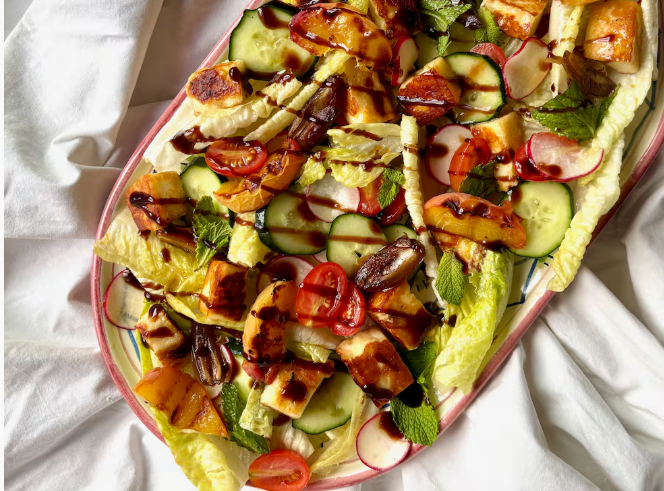There’s something magical about turning leftovers into a dish that feels even more comforting than the originals. This culinary art, perfected over generations by mothers and grandmothers, often gives rise to the recipes we remember most fondly. One such classic is the humble empanada—a savory pastry filled with whatever ingredients are at hand, yet always bursting with flavor. Among these, the tuna empanada holds a special place in Mediterranean kitchens, combining pantry staples like canned tuna, olives, and hard-boiled eggs with a touch of homemade tomato sauce.
The beauty of this recipe lies in its simplicity and versatility. While the filling is flavorful and substantial, the dough provides a crisp, golden shell that holds everything together. You can buy ready-made empanada wrappers, which save time, or make your own dough if you want a more hands-on approach. Traditionally, these empanadas are fried in oil, resulting in a satisfying crunch. However, for a lighter version, baking them in the oven is a perfectly acceptable alternative, producing a golden pastry with less oil and the same delicious filling inside.
To prepare the filling, begin by cooking the eggs. Placing them in boiling water for three minutes, then letting them finish cooking in the residual heat for another eight minutes, produces perfectly hard-boiled eggs that are easy to chop and incorporate. Once cooled, the eggs are peeled and added to a bowl containing drained canned tuna. A fork breaks up the tuna into bite-sized pieces, while chopped green olives contribute a briny note that complements the richness of the fish.
Next, add finely diced onion or strips of roasted red pepper to the mixture for extra texture and sweetness. The final touch is a spoonful of tomato sauce, enough to bind the filling while keeping it moist and flavorful. A pinch of salt and pepper rounds out the taste, creating a harmonious combination of savory, tangy, and subtly sweet flavors that form the heart of the empanada.
Assembling the empanadas is both simple and satisfying. Place a spoonful of filling in the center of each dough circle, fold the pastry over into a half-moon shape, and seal the edges either by pressing with a fork or creating a decorative crimp. This step ensures the filling stays inside during cooking while giving the empanadas a charming homemade appearance.
For frying, use a small, deep pan with at least two fingers of oil heated to medium-high. Fry the empanadas on both sides until golden brown, then remove them and drain on paper towels. The result is a crisp exterior with a soft, flavorful interior—a perfect snack or appetizer. For the oven-baked method, arrange the empanadas on a baking sheet, brush with beaten egg, and bake at 180 °C (356 °F) for about 25 minutes. This approach produces a lighter version while retaining the same delicious flavor.
These tuna empanadas are more than just a recipe—they are a link to the traditions and ingenuity of home cooks who made the most of what was available. They are a testament to the idea that resourcefulness in the kitchen can produce dishes that are both comforting and memorable. Whether served as a snack, a light lunch, or as part of a larger meal, they are sure to evoke memories of family kitchens, the smell of fried dough, and the simple joy of a homemade dish shared with loved ones.
In the end, the classic tuna empanada reminds us that some of the best recipes are those that have stood the test of time, combining practicality with taste, and bringing people together through the simple pleasure of eating.

